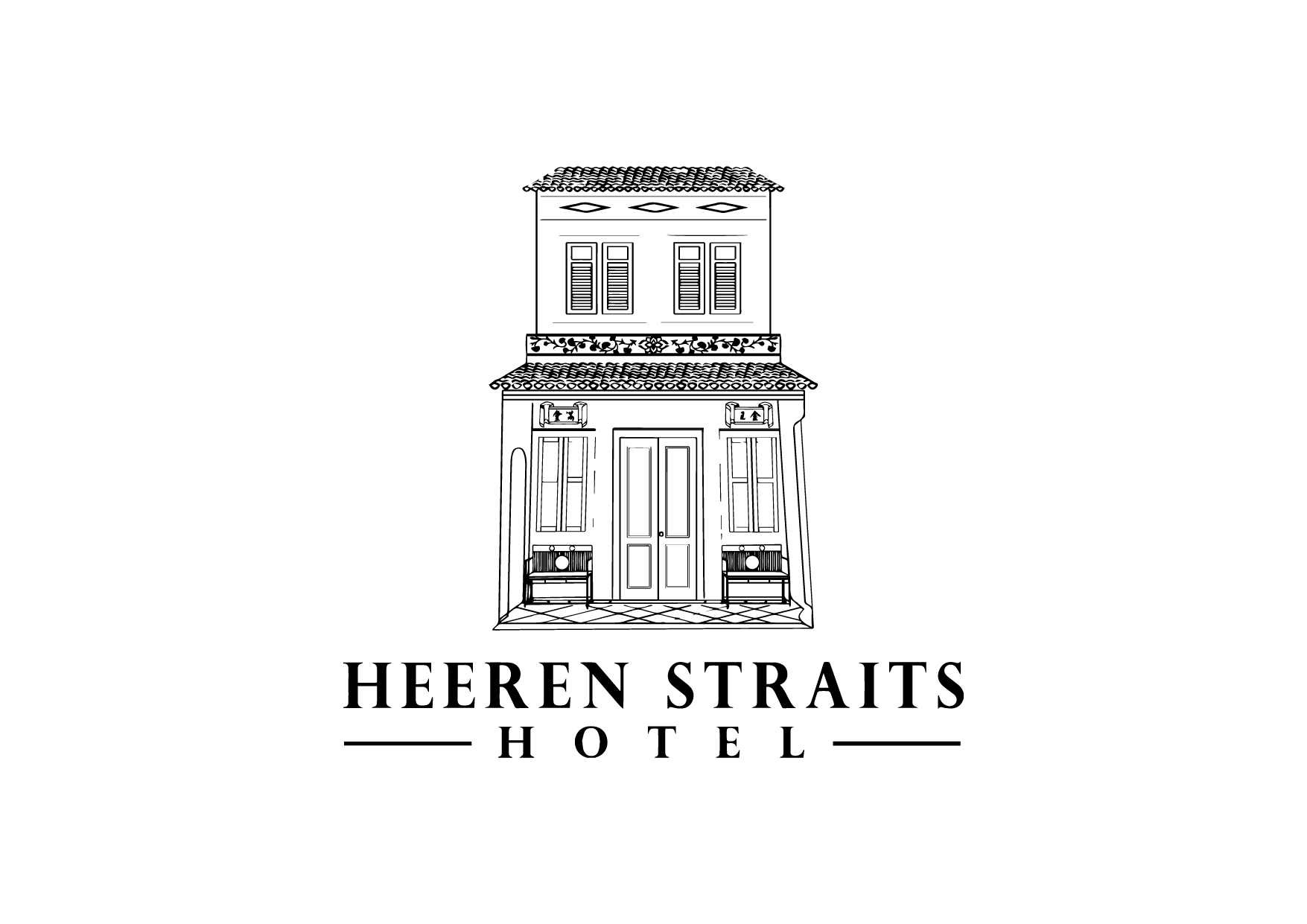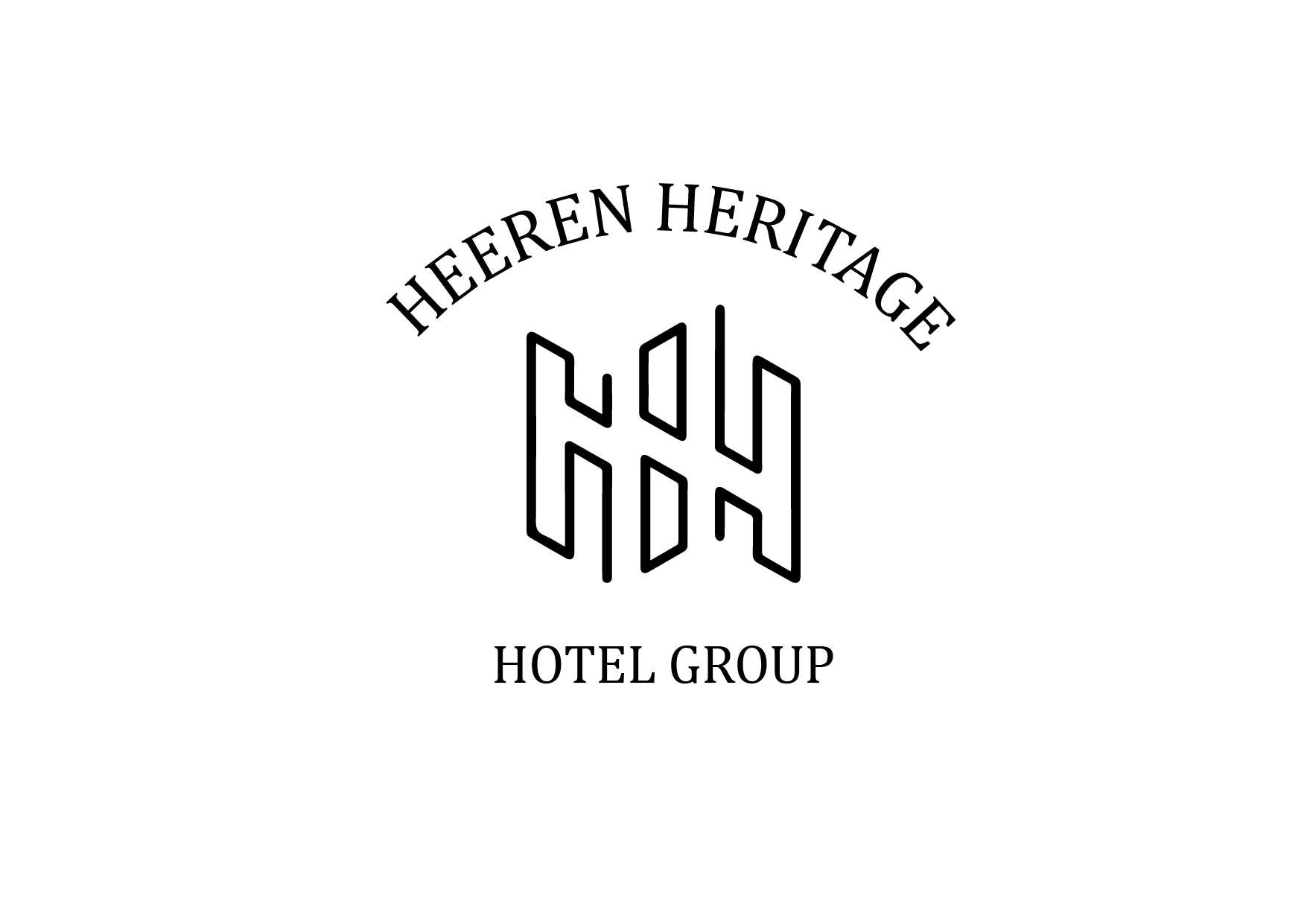the CITY
Malacca is the capital of the state of Malacca, which is on the west coast of peninsular Malaysia. The Malay name for Malacca is Melaka. Because of its Malay, Chinese and Indian origins, but also due to previous Portuguese, Dutch and British rule, Malacca is rich in history, culture, and of great architectural interest. It also offers a very satiating gastronomical experience.
The city center of Malacca was listed by UNESCO as a World Heritage site in July 2008. Malacca was a simple fishing village inhabited by local Malays. In 1400, Parameswara, the last Raja of Singapura, founded Malacca when he came across this narrowest point of the Malacca Strait which served as a strategically located and accessible port for trade.
Relations between China and Malacca strengthened with the visit of Admiral Cheng Ho from China in the mid-15th Century. The Portuguese arrived in the early 1500’s when they attempted to seize the city. They built a huge fortress with cannons and other fortifications so as to try to fend off other European powers with intentions to share in the lucrative Southeast Asian trade.
Malacca grew from strength to strength with the increase of the power of the Malays, but an alliance between the Dutch and the Sultanate of Johor Bahru caused Malacca to lose much power. In 1641, the Dutch blockaded Malacca and seized the city, destroying much of it in the process. In 1795, the British took over Malacca after the Netherlands was conquered by the French. By then, Malacca had lost much of its former importance although it still remained an integral Asian trade route. The A Famosa Gate is all that remains of the European fortress.
One of the main cultures in Malacca is the Peranakan culture, an eclectic fusion of local Malay and Chinese cultures, a result of Chinese settlers from China marrying local brides of Malay descent and adopting the local customs. The men are known as Babas and the women as Nyonyas. There is also a small enclave of Eurasians of Portuguese descent with their unique native language of Cristao or Kristang.
Many of the turn of the century Peranakan townhouses in the UNESCO World Heritage site of Malacca boast of Dutch and Portuguese architecture with Peranakan influences. The Heeren Straits Hotel, along with its sister hotels under the Heeren Heritage Hotel Group, are housed in a variety of such Peranakan townhouses, all of which have been painstakingly restored and conserved. We still have an original 100 over year old water well in Gingerflower Boutique Hotel, which had served an important function to the Peranakan household that lived in this townhouse in the grand old days.
the LANDMARKS














*All are within walking distance to Heeren Straits Hotel
the DELIGHTFUL STUFF

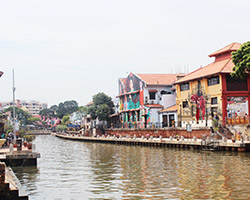
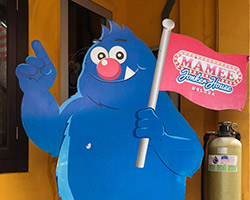
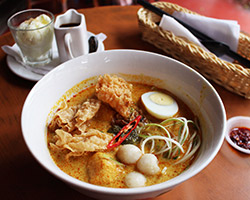
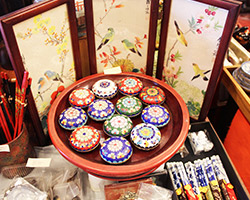
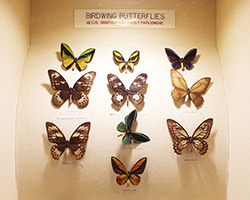
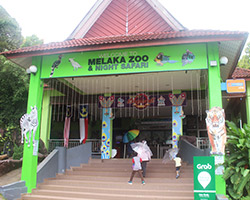
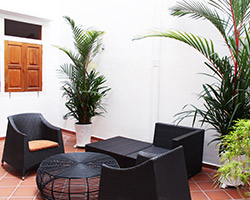
![Heeren Straits Hotel [Official]](http://heerenstraitshotel.com/wp-content/uploads/2020/05/HSH-logo-small-er.png)
